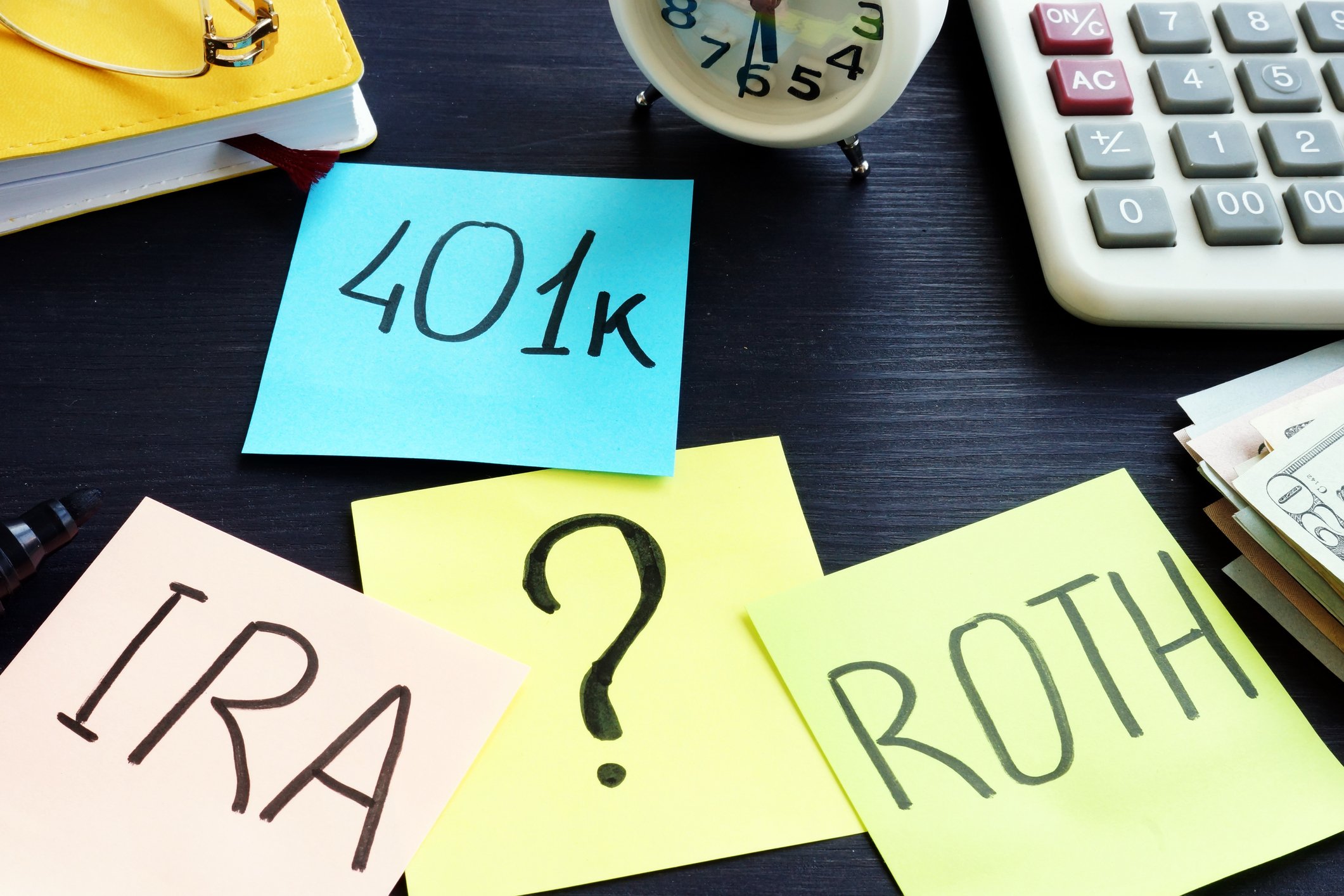A lot of people struggle to save well for retirement earlier in life.
In your 20s, you may have been saddled with student debt. In your 30s, you may have been saving to buy a home and juggling expensive child care expenses. And in your 40s, you may have been focused on building college savings so your kids wouldn't have to graduate with a huge pile of debt like you did.

Image source: Getty Images.
If you reached your 50s without much money saved for retirement, then you may be someone who likes to take advantage of catch-up contributions.
Catch-up contributions are based on age only, not the amount of money you have saved in an IRA or 401(k). Once you turn 50, you're eligible to make a catch-up contribution in your retirement account each year, regardless of whether you have $0 saved or $1 million.
But beginning in 2026, one big rule in the context of catch-up contributions is changing. And while you may inclined to see it as a bad thing, it actually presents a hidden opportunity.
401(k) catch-ups will come with new rules in 2026
Right now, workers under 50 can contribute up to $23,500 to a 401(k) plan. Those 50 and over get a catch-up contribution of $7,500, bringing their total allowable contribution to $31,000.
This year, as long as you're old enough, you can choose to make a traditional 401(k) catch-up with pre-tax dollars, or make a Roth catch-up, which means your money goes into your retirement plan with after-tax dollars. But come 2026, anyone earning more than $145,000 this year will only be allowed to make a 401(k) catch-up contribution with after-tax dollars.
That might seem like a bad thing at first. But it's actually not so terrible when you really think about it.
The hidden benefit of being forced into a Roth
If you're a higher earner who will be 50 or older in 2026, you may not love the idea of having to make an after-tax 401(k) catch-up. You may want the tax break on your money immediately due to being in a higher tax and income bracket.
But there are a few big benefits to having money in a Roth 401(k). First, any investment gains you enjoy in that account will be tax-free. Secondly, withdrawals will be tax-free in retirement.
If you've been saving for retirement in a traditional 401(k), it means you'll need to prepare to pay taxes on your withdrawals down the road. Having some amount of money in a Roth 401(k) gives you more flexibility to avoid taxes later on.
Another thing to remember is that traditional IRAs and 401(k)s are subject to required minimum distributions (RMDs). Roth accounts are not. By keeping some of your savings in a Roth 401(k), you buy yourself the ability to continue growing your money tax-free in retirement.
Look at the silver lining
All told, you may prefer to make pre-tax 401(k) catch-ups in 2026. If you're a higher earner, that option won't be on the table.
But think about it this way. The new rules may be forcing you to embrace a Roth 401(k), and that's not necessarily all bad. It could give you more tax diversification and financial flexibility later in life.
And remember, this change applies to catch-up contributions in a 401(k) only. You can still make the majority of your 401(k) contribution with pre-tax dollars in the new year if you so choose. But given the benefits of Roth 401(k)s, you may want to think about going all-in on a Roth next year, and not just using that option for your catch-up alone.





